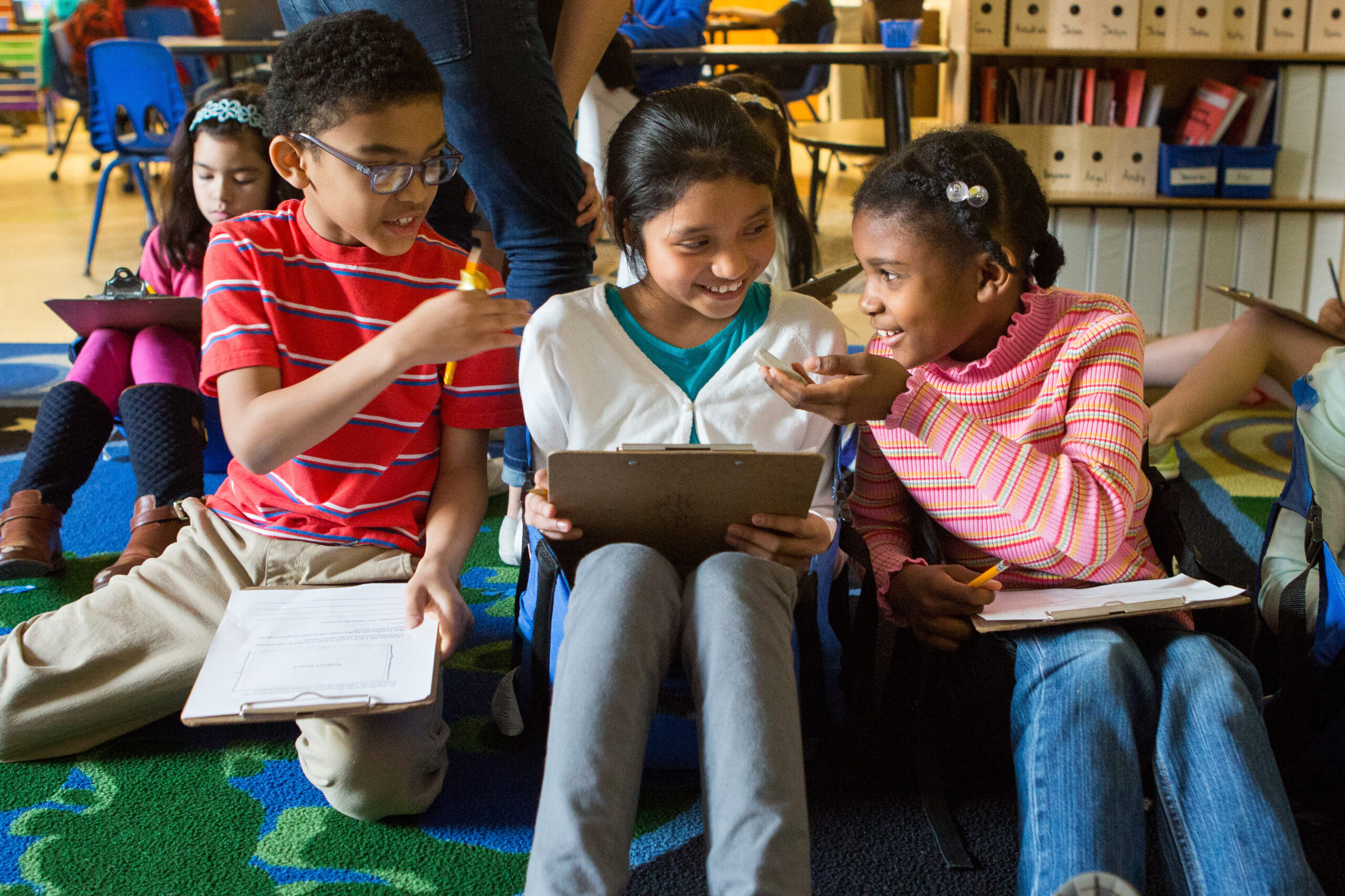Design Thinking in Grade 3

Design thinking is an innovative problem-solving approach that can be adapted for any grade level, including third grade. By introducing design thinking, you can help students develop their creativity, collaboration, critical thinking, and communication skills. In this blog post, we’ll explore how you can implement design thinking in your third-grade classroom.
Here are some tips for introducing design thinking to third graders:
Introducing Design Thinking to Third Graders
Start by introducing the concept of design thinking to your third graders through a simple activity. For example, you could ask them to design a new toy for their favorite animal or a new piece of playground equipment. Then, explain that design thinking is a problem-solving approach that involves four steps: understand, ideate, prototype, and test.
Design Thinking Challenges for Third Graders
There are many design thinking challenges that you can use with your third graders. One example is to ask them to design a new game that they can play with their friends during recess. Another idea is to have them redesign a school space, such as the classroom or the library, to make it more fun and functional. To make these challenges accessible and relevant to third graders, consider using building materials such as cardboard, foam, or clay. You could also ask students to bring in recycled materials from home to use in their designs.
Tips for This Grade Level
While third graders may have some experience with design and building, they may still struggle with some aspects of the design thinking process. For example, they may have difficulty generating ideas or communicating their designs to others. To engage your students as much as possible, try to incorporate their interests into the challenges, and provide plenty of opportunities for collaboration and reflection. You can also introduce design thinking vocabulary, such as brainstorming, collaboration, iteration, and empathy, to help them understand the process.
To help your third graders succeed with design thinking, consider the following tips:
- Encourage creativity and risk-taking: Let your students explore different ideas and be open to taking risks.
- Foster collaboration: Encourage your students to work together and share their ideas with each other.
- Emphasize the importance of iteration: Remind your students that design thinking is a process that involves trying out different ideas and making improvements along the way.
- Provide feedback: Offer constructive feedback to your students and encourage them to reflect on their designs and ideas.
Recommended Building Materials
For third-grade design thinking challenges, we recommended cardboard, craft sticks, and markers. These materials are age-appropriate, versatile, and easily manipulated by students. Cardboard can be used for creating structures and prototypes, craft sticks provide a sturdy foundation for constructing models, and markers allow for adding color and detail to their designs. These materials foster creativity, problem-solving, and hands-on exploration, empowering students to bring their ideas to life and engage in the design thinking process.
In Conclusion
Design thinking is an excellent approach for third graders to learn valuable skills that will benefit them throughout their academic careers and beyond. By providing them with opportunities to engage in the design thinking process, you can help them develop their problem-solving skills and their ability to work collaboratively with others.
If you found this content helpful, you might enjoy this series of Imagineerz blog posts and check out Get Started with Design Thinking!


